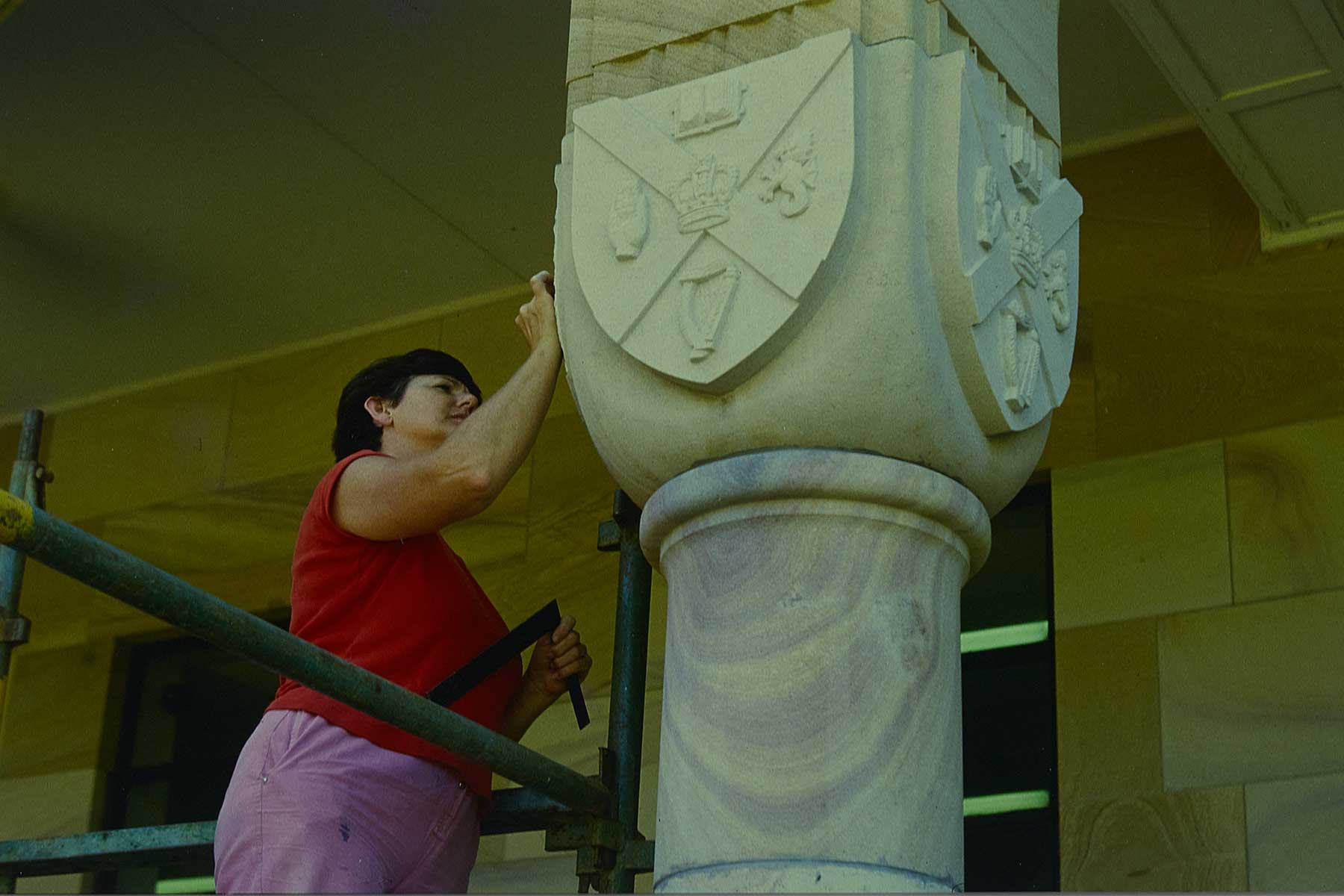The Fryer Library's collection of nineteenth and twentieth century photographs provide an insight into the past around regional Queensland, Brisbane, and also campus life at The University of Queensland. This story shares these photographic images of people and places over time. The collection highlights below are just some of the images that are available for you to enjoy and use in your research, creative project, or family history.
Aboriginal and Torres Strait Islander people be aware that this website and links to resources may contain images, voices, or references to deceased persons.
People and photography
People young and old feature prominently in the photographs held in Fryer Library’s collections. Click through the timeline below to see a selection of images, taken by professional and amateur photographers alike. Some are staged and others are more candid. Placed chronologically, these images capture different social classes, personalities, and activities. From the 1800s: theatrical studio portraits taken against elegant, staged backdrops. From the 1960s and 1970s: raw, documentary style photographs of Brisbane street marches and protests.
Researching Daphne Mayo through images
Photographs from the Daphne Mayo collection reveal how she worked as an artist. Mayo, a prolific Australian sculptor received many notable commissions such as the Brisbane City Hall tympanum (1927–30) and the Public Library of New South Wales building (1940–42).

Images: Bas relief, Side portrait and outdoor portrait of of Godfrey Rivers, from the Daphne Mayo collection

Artist's reference
Mayo used photographs as a point of reference when working on her sculptures and to document her progress and the finished work. She often used multiple photographs of her subjects when making portrait sculptures, which is evident from clay fingerprints on some of her photographs held in Fryer Library.
Provenance discovered
Found amongst her papers are two photographs of unidentified men (bottom left images). The photos were found in different parts of the collection. Both have traces of clay fingerprints and pinhole punctures. When the Library digitised a glass plate negative we could see that the photos were of the same man – artist and art teacher, Godfrey Rivers. The digital positive (top left image) revealed a bas relief sculpture plaque of Rivers and pinned on the left side of the plaque are the two profile photos of him.
The whereabouts of the plaque is not known but as the two photographs of Rivers are also held in Mayo's collection, the plaque was most likely created by her. From 1911 to 1913, Daphne Mayo was a student of Rivers at Brisbane Central Technical College. Mayo was a trustee and honourable secretary of the Godfrey Rivers Trust. She had made a portrait bust of Rivers in 1926 and she sculptored the Memorial to R. Godfrey Rivers at St David's Cathedral in Hobart in 1932.
In addition to providing digital access to the photographs in Mayo's collection, the Library has been able to provide more contextual information relating to the images in her archive. Discover more of Daphne’s photographs in this blog post about her studios in Brisbane, Sydney, and London.
Travel
Photography was a means by which faraway places could be experienced, albeit vicariously. People with a personal camera and who could afford to travel by ship would document their journey and bring back memories for others to share.
To explore these images you can click on the image to see more detail or click on the caption to find out more information.
Places
To explore these images you can click on the image to see more detail or click on the caption to find out more information.
Queensland photography
From Mt Morgan to Stradbroke Island, the expansive geography of Queensland is shown in this photo gallery – from small country towns to primary industry and the coastal regions that make it the 'Sunshine State'.
Brisbane photography
These historical photographs show how Brisbane's city and suburbs have changed and developed over time. It is hard to believe that Nundah – now a leafy inner city suburb – was once home to a pineapple farm.
UQ photography
These images trace the history of The University of Queensland from its beginning at George Street in Brisbane's CBD to its current location. In addition to landmark buildings, UQ clubs and societies that are part of the student community on campus are also featured.
Literally meaning ‘drawing with light’, the process of photography exposes light-sensitive surfaces to light to produce a negative or positive (im)print. The original negatives and prints show the different processes that have been used for developing film and printing positive images over time, as equipment, chemicals, and technologies changed throughout the nineteenth and twentieth centuries. Depending on the conditions under which they are stored, photographs continue to break down over time, as chemicals react with the support surfaces. The Library digitises its photographic collections to preserve them in their current state, and to make them accessible and discoverable. We hope that you can use these images for your research or online project.
We would love to hear about how you are using the images. If you would like to be part of the conversation about this story, you can add your comments to our Facebook or Twitter accounts, using the hashtag #FryerLibrary.

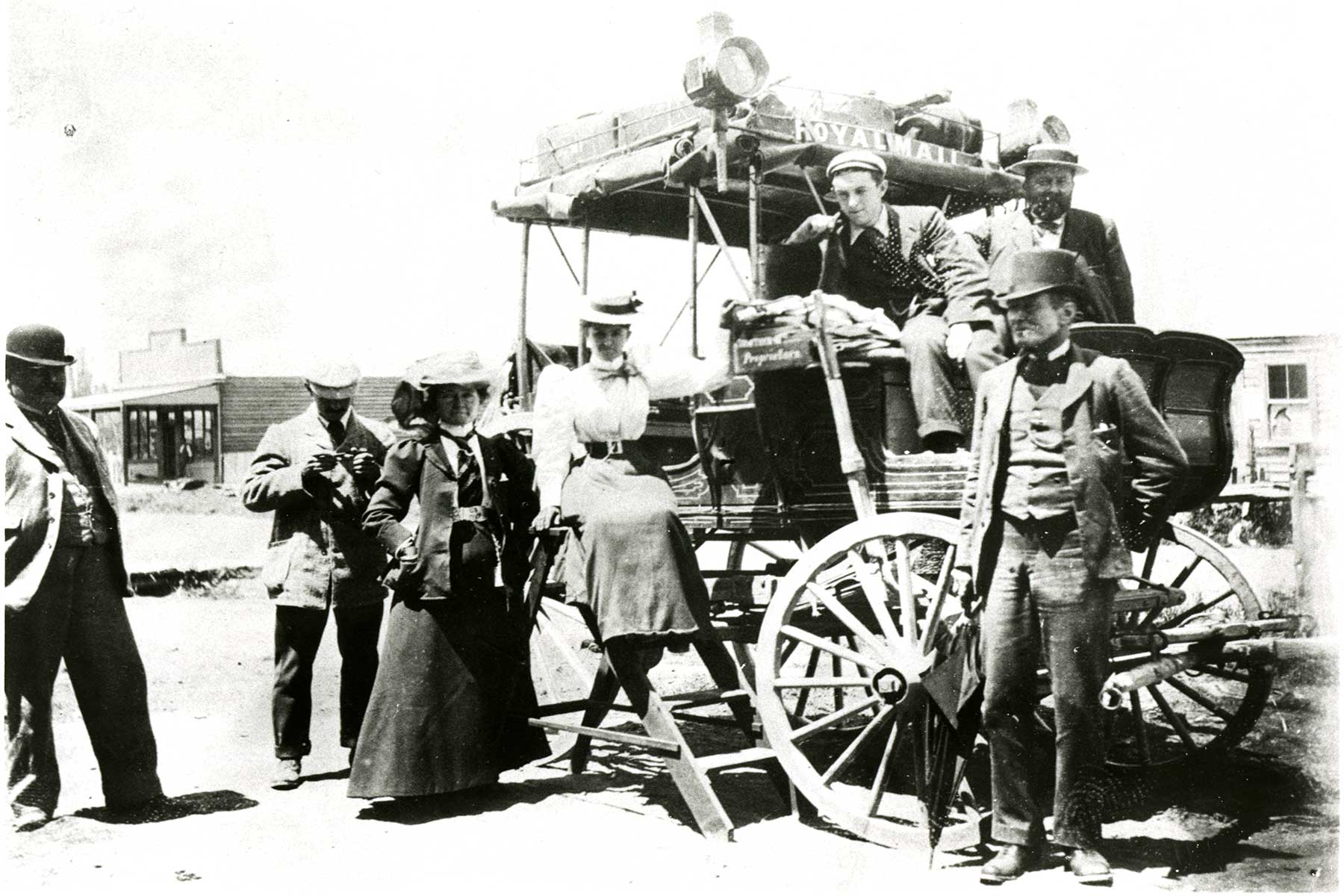







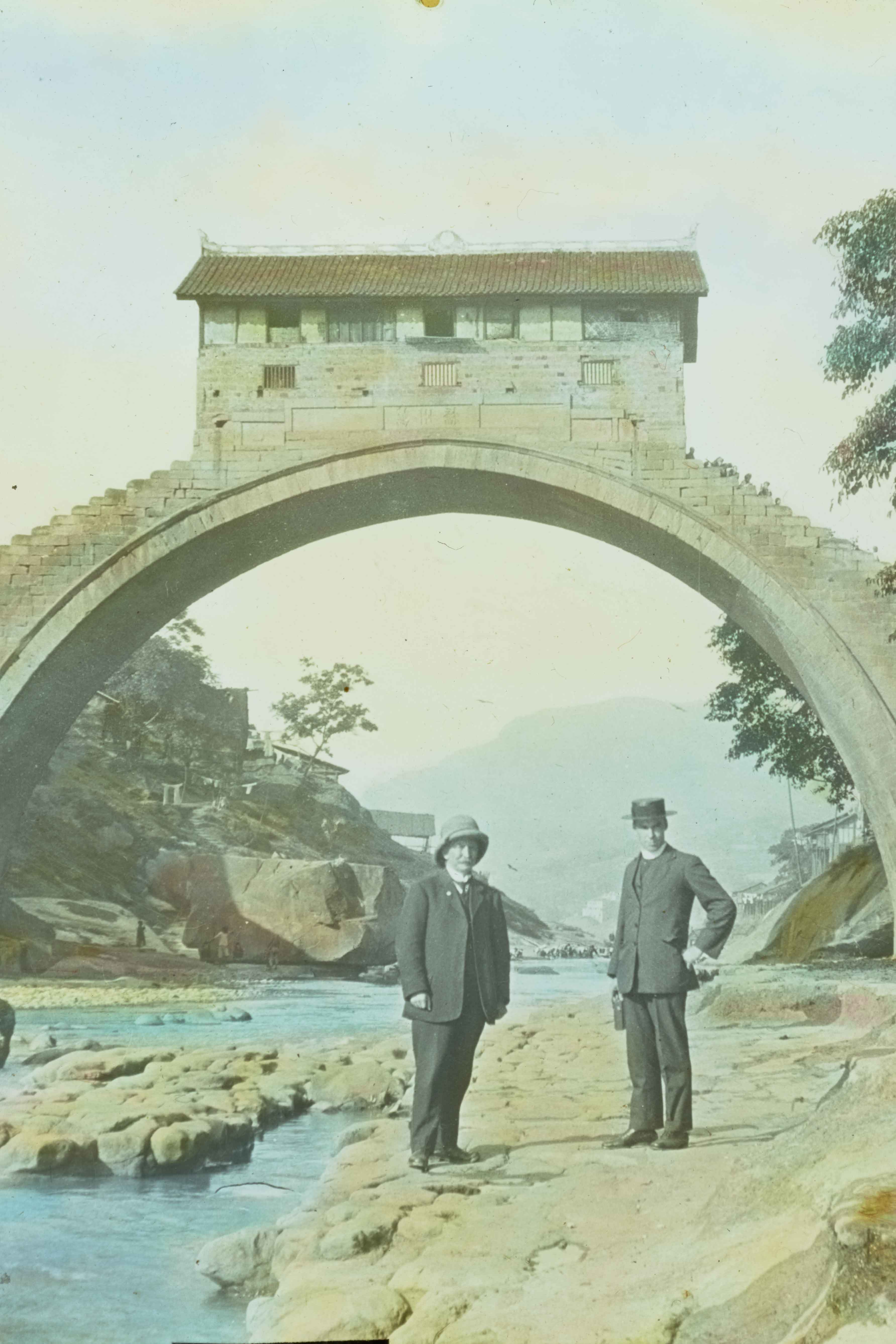





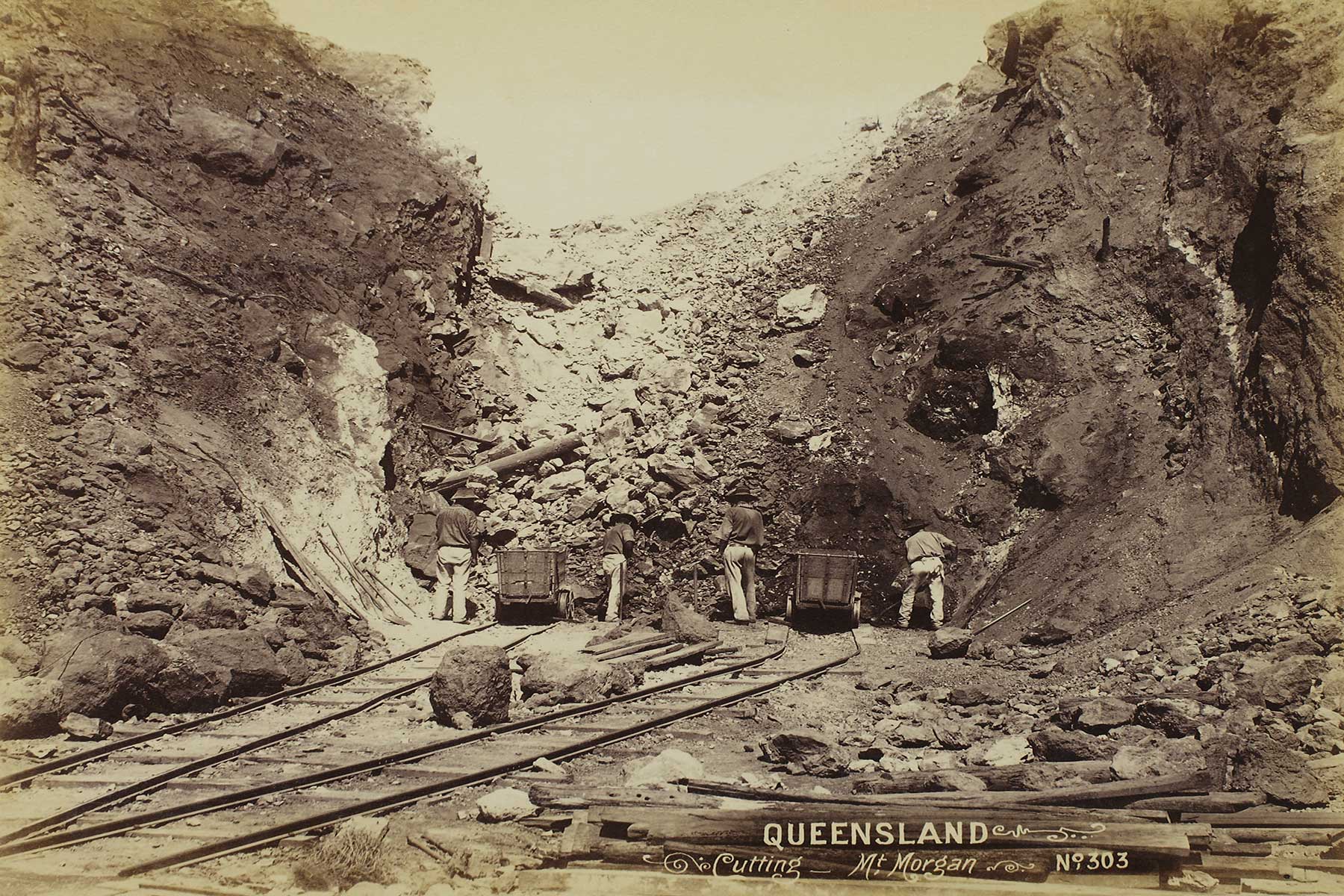














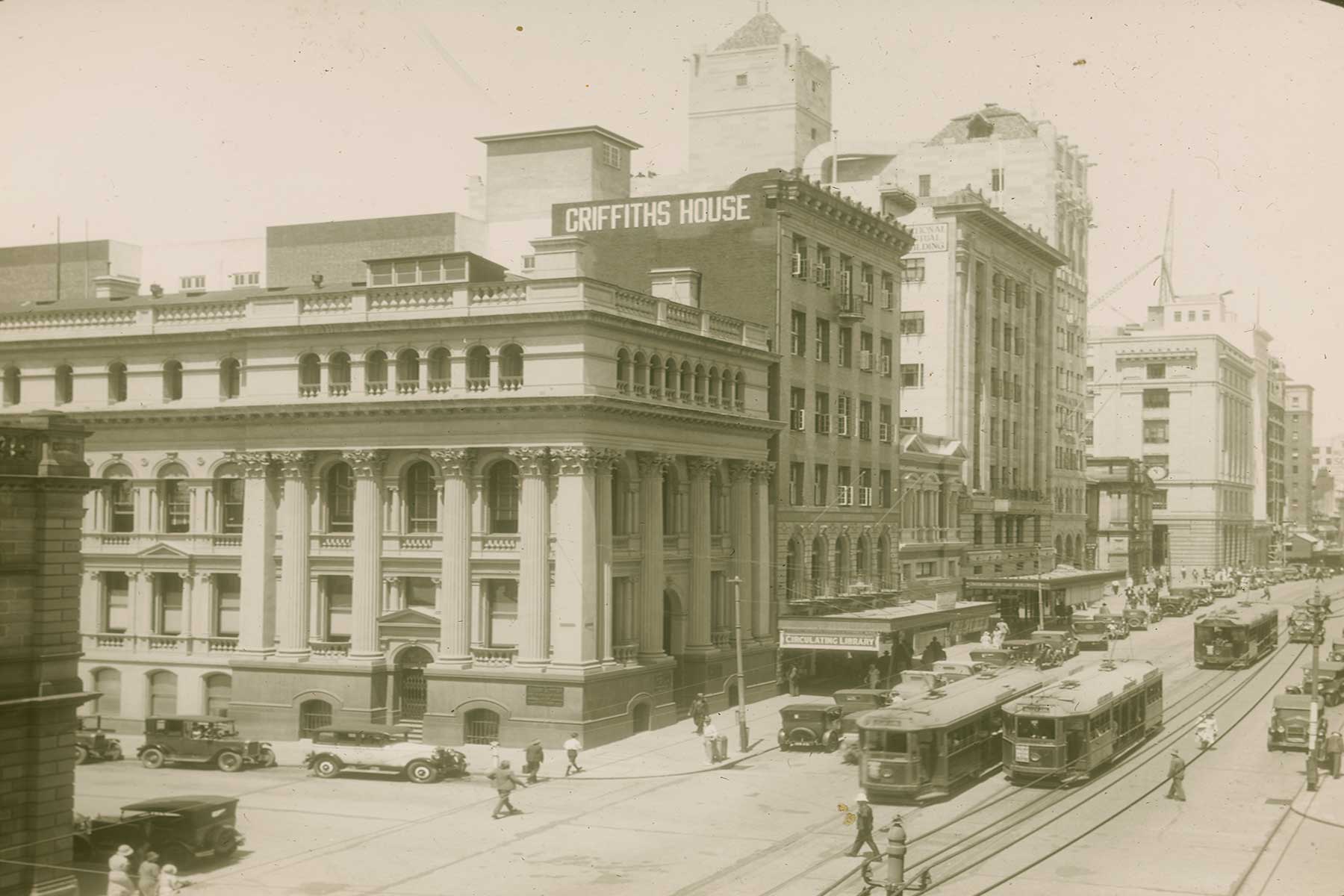
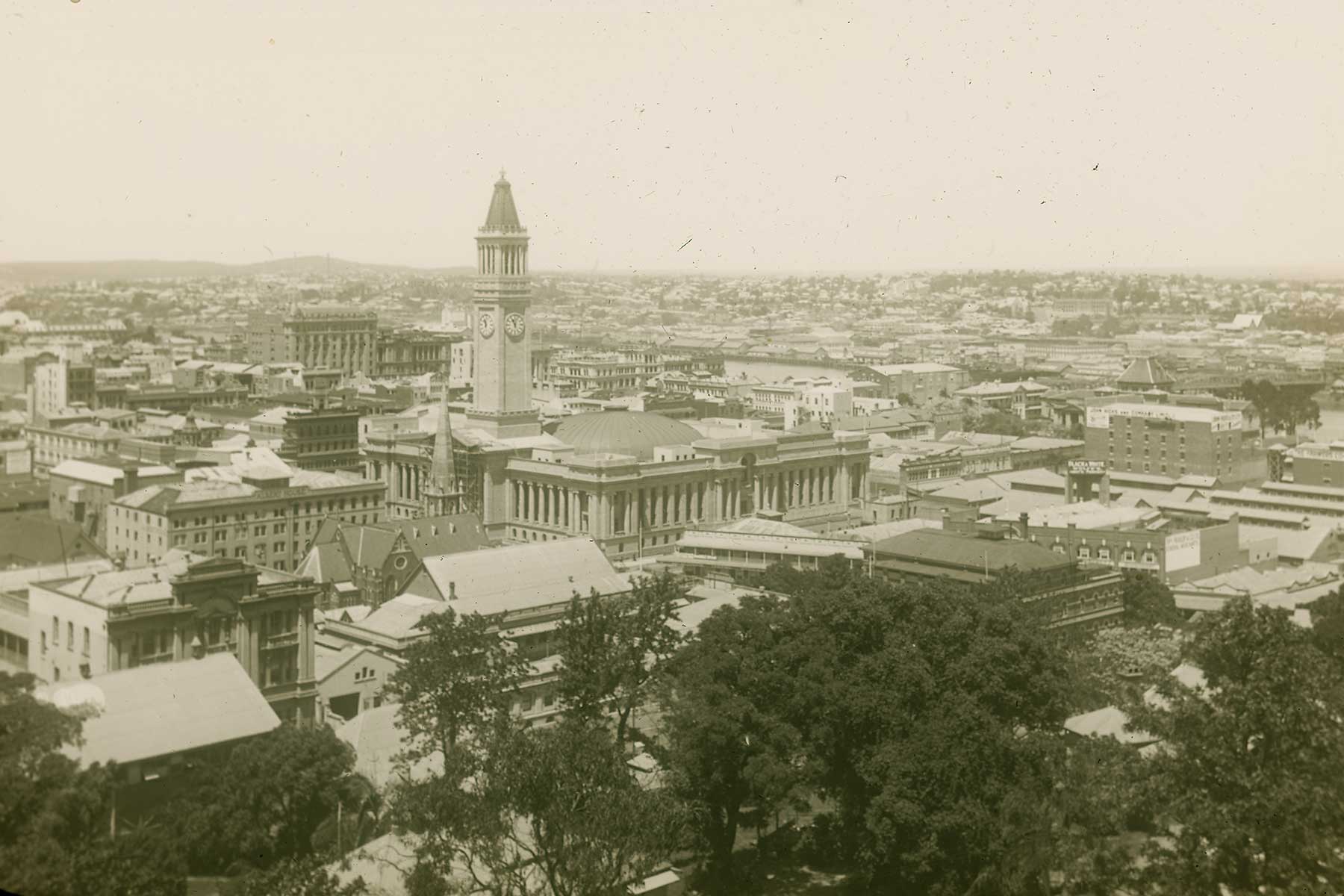


![Circus parade, [188-]-1919](/files/97402/UQFL537_b1_3679_0012.jpg)






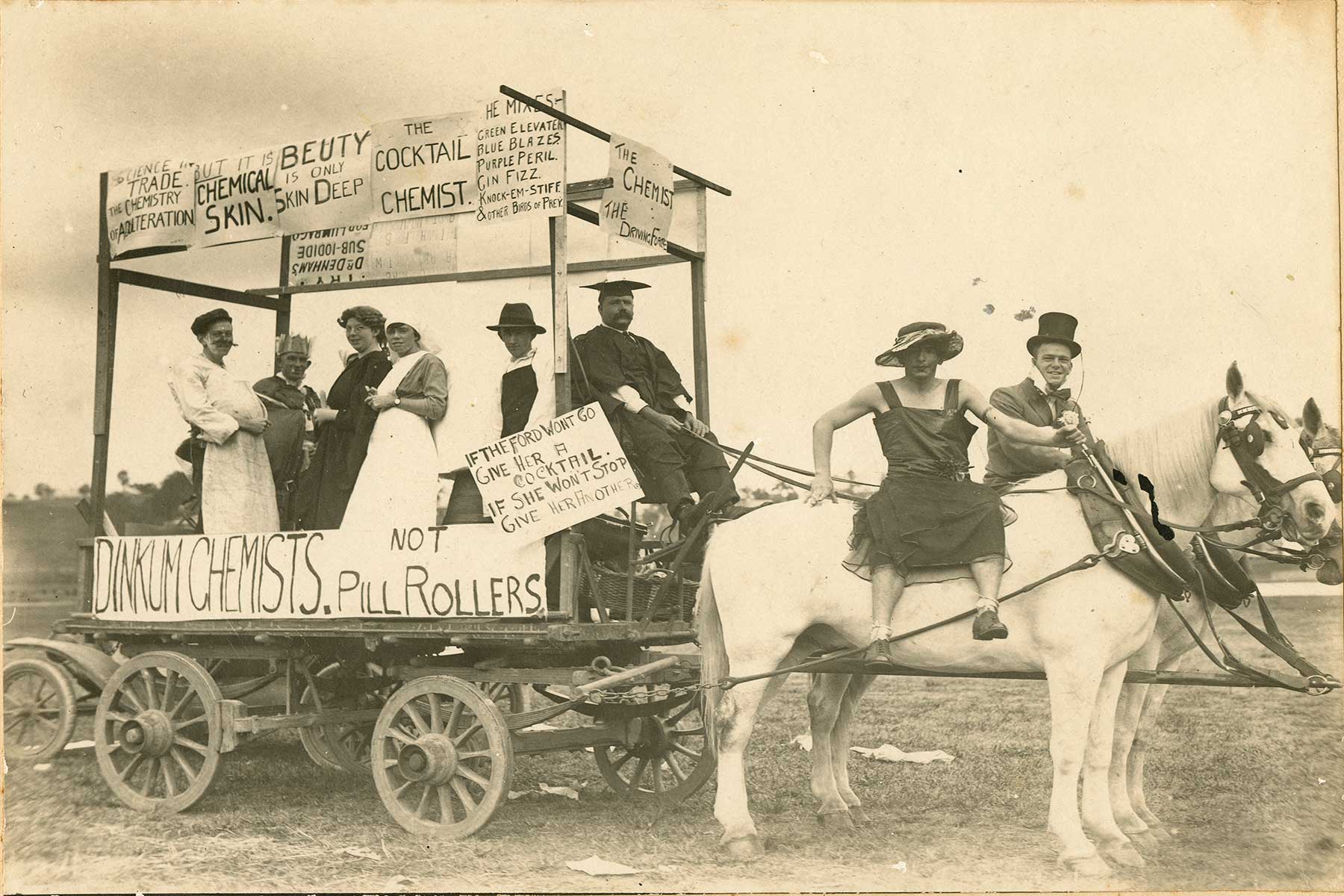

![From the roof of the [Forgan Smith Building] Tower looking south east, [Great Court, The University of Queensland, St Lucia, Brisbane, c1957](/files/97126/UQFL5_b34f02_9_15a.jpg)
